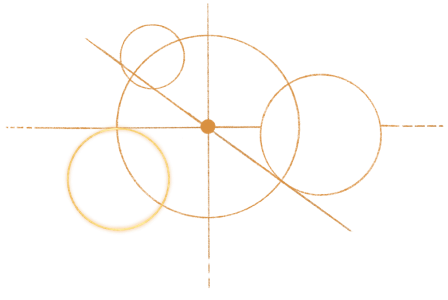Analysis of (Oral) Historical Sources




Research involves not only collecting and creating historical sources, but also their analysis to address our overarching research question. Using historical thinking skills, we subject sources to critical analysis in relation to each other and in terms of their historical context to arrive at research-based conclusions contributing to our understanding of the past.
How do we mine our sources for historical information? What do they tell us individually and collectively? How do we evaluate them critically for their reliability and usefulness in developing our own interpretation and synthesis? How can our Oral History sources help us answer our research question, make sense of the past, and contribute to making history?
Objectives:
90 mins
Warm-up (10 minutes):
Oral History is a research-based process centered around a research question. We conduct interviews to collect information that would help us answer that question. We brainstorm together what we might do with the interviews as historical sources to craft our argument and answer our research question on what might have happened in the past.
Guiding Questions:
Working in Pairs (40 minutes):
We divide participants into pairs and ask them to discuss how they would apply the historical thinking skills in the analysis of the practice interviews they conducted in the session Practice Interview.
We then distribute Handout 35: Finding Answers to Our Research Question. We ask participants to read through the handout and in relation to the imaginary narrator pool as an example.
Plenary Discussion (40 minutes):
We invite participants to reflect on their findings, giving each enough time to explain how they would apply historical thinking skills to the analysis of the oral history sources, and how that relates to the overall process of oral history research.
Guiding Questions: